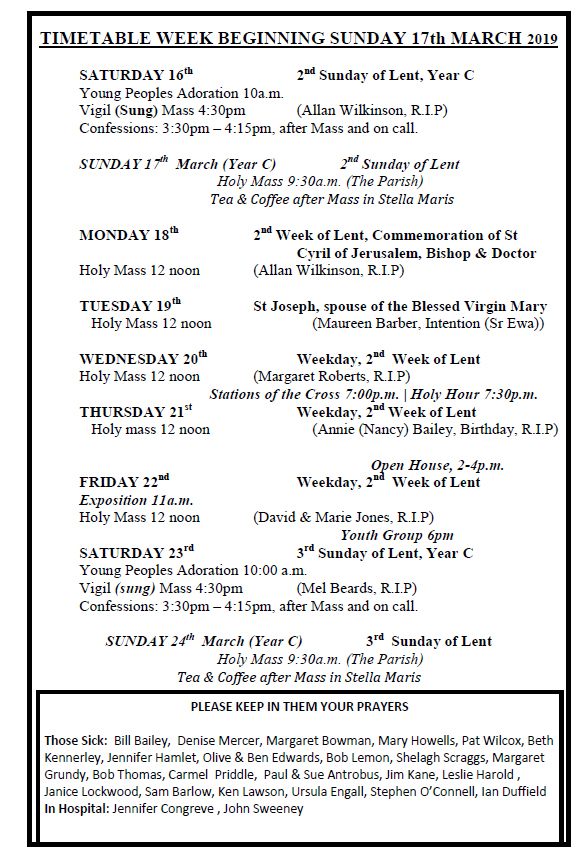

Clicking on the magnifying glass will take you to the index. The magnifying glass indicates that the record is indexed.

Some combination of these icons will appear at the far right of the listing for the record. Click on the blue links to specific record titles. Click on your town if it appears, or the location which you believe was the parish which served your town or village. Click on Places within United States, Georgia and a list of towns will appear. Click on Places within United States, Georgia and a list of counties will appear. Click on the records of United States, Georgia.
#ANGLICAN CHURCH NEWSLETTERS HOW TO#
1808-1967 Georgia, marriages, 1808-1967, index, incomplete - How to Use this Collection.1828-1991 Georgia, church vital records, 1828-1991, index, incomplete - How to Use this Collection.1754-1960 Georgia, births and christenings, 1754-1960, index, incomplete - How to Use this Collection.Actually the record is still out there, just not in this incomplete collection of records. Stopping research: Researchers might assume the database proves church records do not exist.Only use information that matches your ancestor in date, place, relationships, and other details. Near matches: Researchers might mistakenly accept an entry very similar to their ancestor, thinking it is the only one available.Click on these links to learn about a specific record type:įinding the Records Look for online records. To effectively use church records, become familiar with their content. The largest Christian denominations by number of adherents in 2010 were the Southern Baptist Convention with 1,759,317 the United Methodist Church with 619,394 and the Roman Catholic Church with 596,384. The composition of religious affiliation in Georgia is 70% Protestant, 9% Catholic, 1% Mormon, 1% Jewish, 0.5% Muslim, 0.5% Buddhist, and 0.5% Hindu. After 1900 the largest religious groups were the Baptists and Methodists. In the colonial period, the Church of England, Presbyterian, Lutheran, and Moravian churches were the largest religous groups in Georgia. 5 Carefully compare any record you find to known facts about the ancestor.4 Next, go to the Wiki article for your ancestors' denomination.3.6 Correspond with genealogical or historical societies.3.5.3 Church of England (Anglican, Protestant Episcopal).3.5 Check the church records collections in archives and libraries.3.4 Correspond with or visit the actual churches.3.2 Look for digital copies of church records in the FamilySearch Catalog.


 0 kommentar(er)
0 kommentar(er)
